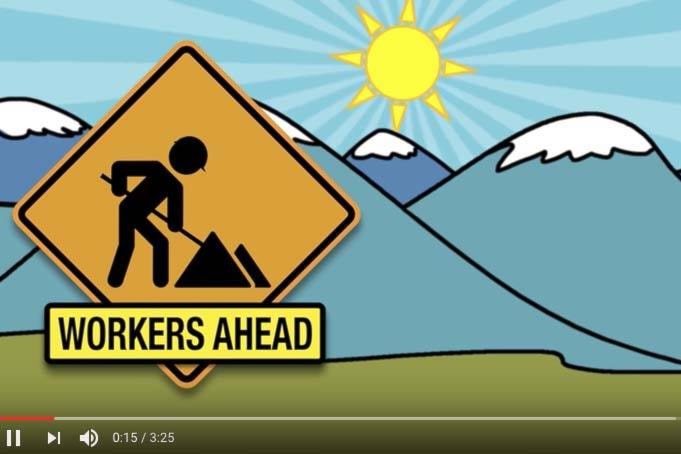Outdoor workers are at risk from injuries in temperatures like those seen across southern B.C. this month.
Last year, WorkSafeBC says they accepted 16 such claims, which were caused by heat exhaustion and heat stroke. And the employees with the highest number of heat stress-related claims were those who spend much of their time outdoors or on the road. They are truck and bus drivers, lifeguards, recreation sport and fitness leaders, and even motion-picture production assistants.
WorkSafeBC is reminding both employees and employers to be aware of the risks, and offers suggestions.
“Outdoor workers face many risks when the weather is hot,” says Dan Strand, WorkSafeBC prevention field services director. “By law, employers are required to know if their workers are at risk by performing a heat-stress assessment and implementing a mitigation plan, when necessary.”
Heat stress occurs when your internal temperature increases faster than the body can cool itself.
Symptoms of heat exhaustion include excess sweating, dizziness, fainting and muscle cramps. Symptoms of heat stroke include cessation of sweating, an increased breathing rate, confusion, seizures and even cardiac arrest.
Here’s what employers can do to lessen the risks:
• Monitor heat conditions and require workers not to work alone
• Ensure there is adequate first-aid coverage and emergency procedures are in place
• Make physical modifications to facilities, equipment, processes to reduce exposure
• Change work practices and policies to limit the risk
• Determine appropriate work-rest cycles; when a worker feels ill it may be too late
• Rotate work activities or use additional workers to reduce exposure
• Establish cooling areas with shade and water
There are things employees can do to help reduce their risks of injury as well:
• Drink plenty of water (one glass every 20 minutes)
• Wear light-coloured, loose-fitting clothing made of breathable fabric such as cotton
• Take rest breaks in a cool, well-ventilated area
• Do the hardest physical work during the coolest parts of the day, before 11 a.m. and after 3 p.m.
• Know your personal risk factors such as medications and any pre-existing conditions
• Check the signs and symptoms for yourself and co-workers
• Learn more about heat stress at worksafebc.com and watch videos on their YouTube channel.
@CHWKcommunity
jpeters@theprogress.com
Like us on Facebook and follow us on Twitter.
